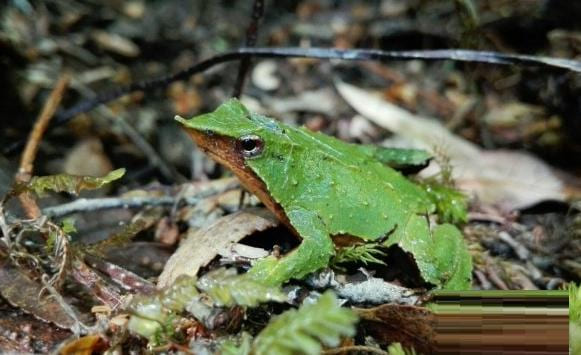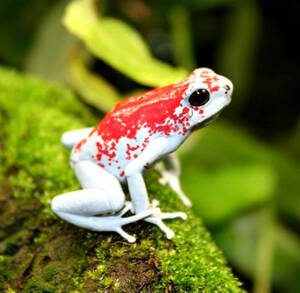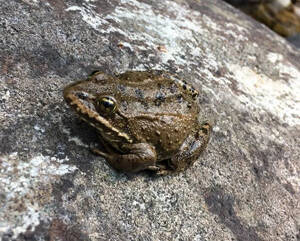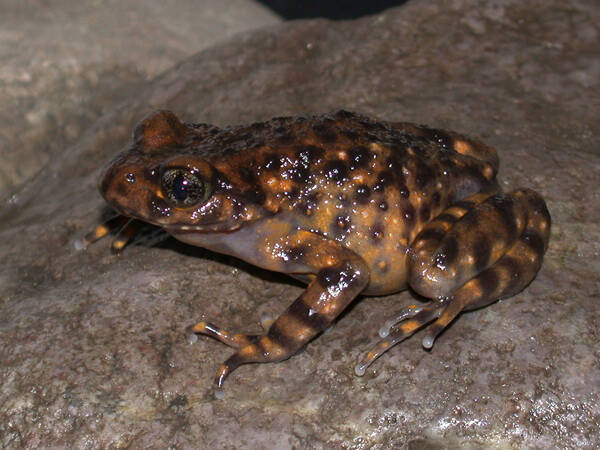Xenopus laevis
IUCN
LCBasic Information
Scientific classification
- name:Xenopus laevis
- Scientific Name:African clawed frog, smooth clawed frog, African clawed frog
- Outline:Anura
- Family:Anura Pipidae Xenopus
Vital signs
- length:Males are about 10-15 cm, females are about 10-17 cm
- Weight:60-200g
- lifetime:5-15 year
Feature
Aquatic frog without a tongue.
Distribution and Habitat
Origin: Angola, Botswana, Cameroon, Central African Republic, Democratic Republic of Congo, Gabon, Lesotho, Malawi, Mozambique, Namibia, Nigeria, South Africa, South Sudan, Swaziland, Zambia and Zimbabwe.
Introduction: Chile, France, Indonesia, Italy (Sicily), Mexico, Portugal, United Kingdom, United States.
Currently mainly distributed in ponds and rivers in southeastern sub-Saharan Africa, it is completely aquatic, whether it is tadpoles or adult frogs, they live in water all their lives, widely inhabiting freshwater waters, especially in still water environments. They hide deep underwater during the day and crawl to shallows at night.
Appearance
The African clawed frog has strong and well-developed webbed hind limbs and slender and unwebbed forelimbs. It has no tongue. The eggs are placed in a small sac on the back for incubation, and leave the mother body when metamorphosis is completed or nearly completed. The male body length is smaller than the female, about 10-15 cm for males and 10-17 cm for females, and can reach up to 20 cm. The streamlined flat body makes it well adapted to life in water. The eyes of the clawed frog are small and located above the head, which helps detect natural enemies from the water surface. There is a white stripe on each side of the body, which acts as a sensor, and can detect the direction of food and natural enemies by sensing water waves. The characteristic of this frog is that the forelimbs are small and there are obvious claws at the end of the three toes, hence the name clawed frog. The hind limbs are sturdy and the well-developed webbed toes are conducive to swimming. The head is triangula
Details
The African clawed frog is an aquatic frog in South Africa and an important model organism.
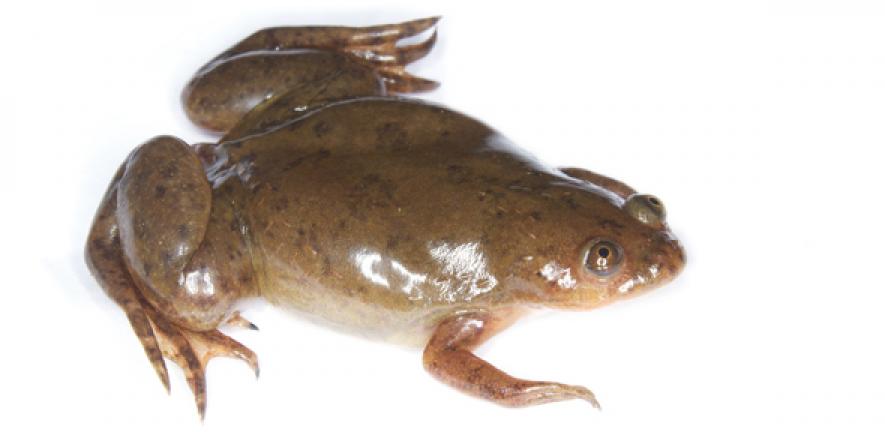
The African clawed frog has two faces: "angel and devil". In the medical community of the last century, it was praised as the "frog prince" and benefited countless women. It takes about 1-2 years to reach sexual maturity and has four sets of chromosomes. Their embryos are large and easy to handle, so they play an important role in developmental biology. Because chorionic gonadotropin can cause clawed frogs to ovulate, doctors in the 1930s to 1960s injected pregnant women's urine into clawed frogs to see if they ovulated to determine whether women were pregnant. Due to this use, African clawed frogs were shipped from their origin in Africa to all parts of the world during this period. After the 1950s, because of their large eggs and embryos, they became a model animal for developmental biology research in the laboratory. African clawed frog embryos have even traveled to space on spacecraft many times to study the development of embryos under microgravity conditions. For example,Roger Wolcott Sperry used African clawed frogs in his research on visual development, and this research led to the chemical affinity hypothesis. The close relative of African clawed frogs: tropical clawed frogs are now promoted to new model organisms.
However, African clawed frogs are also "devil". Although the African clawed frog is non-toxic, it is a mobile "disease reservoir" because it carries a chytrid fungus that can infect amphibians and infect them with chytrid fungus. This "moving disease reservoir" is dangerous to amphibians. Once infected by the clawed frog, the "patient" will be weak, unable to escape, lose normal reflexes and abnormal posture, have problems with the respiratory system, and eventually die. Studies have shown that once amphibians are infected with chytrid fungus, the mortality rate is as high as over 90%. Gong Shiping, a researcher at the Guangdong Provincial Institute of Insects, said, "chytrid fungus fungus is considered to be one of the main reasons for the serious decline of amphibian populations around the world in recent years."
The African clawed frog has strong adaptability and survival ability, and has even become an invasive species in many places.
Listed in the 2009 Red List of Threatened Species of the World Conservation Union (IUCN) ver 3.1 - Least Concern (LC).
Protect wild animals and eliminate game.
Maintaining ecological balance is everyone's responsibility!

